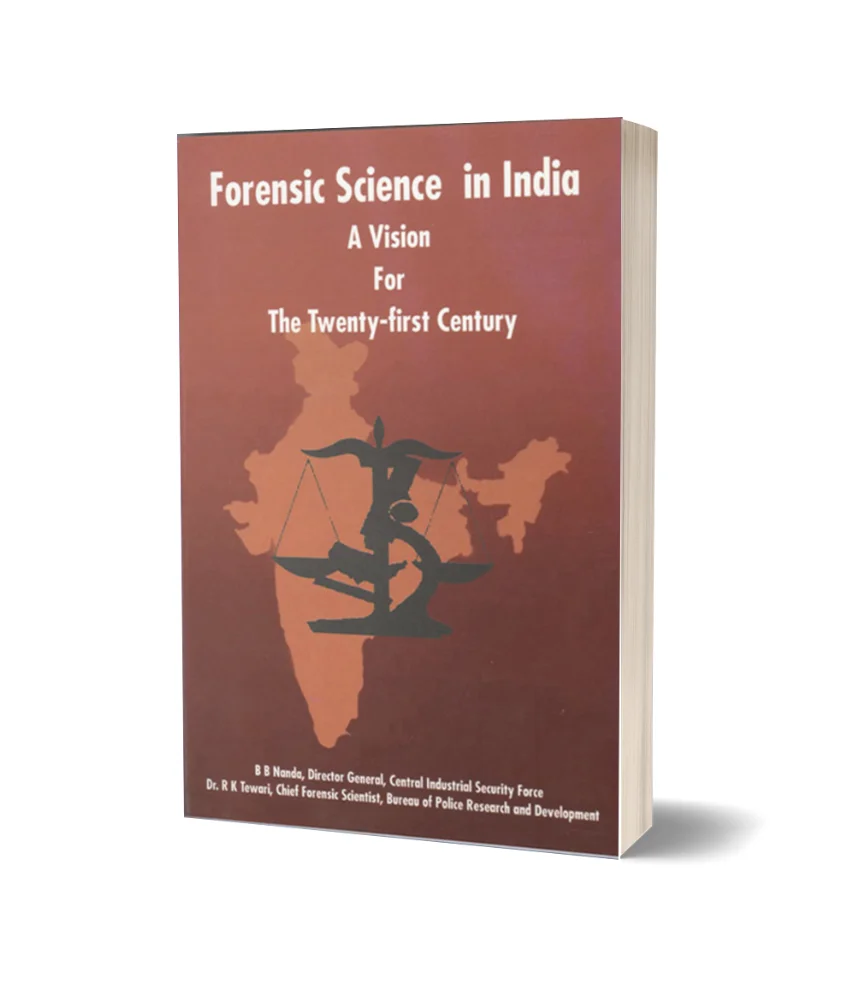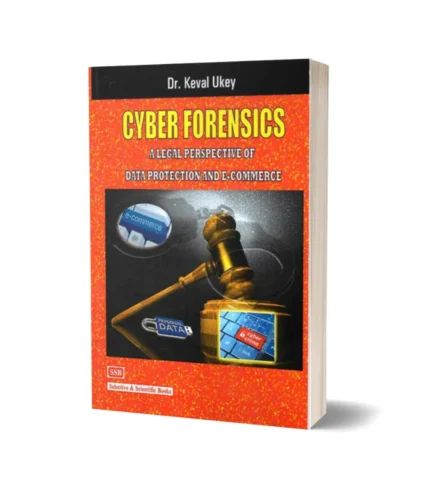Description
Birth of a human being is the fulfillment of a divine promise to ensure security, safety, and tranquility, which are the inherent principles of a good society. Crime is a violation of these principles, besides being a serious impediment to the harmonious development of the society. It dissipates the gains of economic growth, impairs the quality of life, and threatens the safety, well being and personal integrity of human beings. Criminals prey on the defenseless people for their own selfish motives. While the truth is the gift of God to humanity, Justice is the first virtue of social institutions, crime is the negation of civilized behavior. The pursuit of truth is difficult, the dispensation of justice may be frustrating, but justice is inviolable. In the twenty-first century, Justice must remain to encompass all commonly accepted values, which public opinion usually echoes. We ought not to make bad use of our own rights. Justice, truth, and rights are the natural heritage of mankind. In every society, the rules of protection must be balanced between the liberties and rights of the community against that of the individual. In particular, a balance needs to be struck between the measures necessary to protect the community and those that the community is willing to accept to be protected. While discharging our assigned duties, we must always enjoy the confidence and trust of the public.
The society, for its continued welfare and progress, has always tried to check the crime by bringing into play all the forces at its command. However, for the detection of crime, identification of criminals, and their punishment, as per the legal provisions, it is essential to prove beyond a reasonable doubt that a particular person or a group has committed the crime. This is to be followed by collecting adequate evidence in support of the modus operandi of the crime. These aspects of crime detection, with a view to punish the guilty and protect the innocent, have remained a fundamental requirement of the criminal justice administration, since time immemorial. Today, the laws are comprehensive with wider applications, but their enforcement has become more difficult due to complex and varied socio-economic situations in society.
Science is a human invention. Therefore, for every human problem, we can have solutions, to a considerable degree, through an appropriate branch of science. With advancements in science and technology, forensic science has enabled the criminal justice system to effectively counter the ingenuity of criminals. It is widely known that in the majority of serious criminal cases, most modern and sophisticated scientific and technological inputs are being incorporated. If such measures are high-tech, counter-measures have to be developed at least to match them, if not surpass them. This results in a “sword-shield” syndrome. In a duel, a person with a better sword generally wins. Subsequently, the other person develops a better shield to achieve victory. This is followed by the development of a still better sword by the adversary and thus the battle continues. This is the predicament of the forensic scientists as well, who have to cope with the challenges posed by the use of modern techniques/weapons in crime by constantly updating and sharpening their tools, viz., analytical equipment, analytical techniques and their knowledge itself.
The criminal justice delivery system received scientific assistance due to ever-increasing inputs of scientific methods in committing a crime. This realization started over a century ago, but the comprehensive developments were associated with the second half of the twentieth century. Modest beginnings were made in the nineteenth century and several isolated scientific institutions were exclusively created to help the law enforcement agencies in matters related to medical and physical evidence. Scattered set-ups, such as Chemical Examiner”s Laboratories and Criminalistics Institutions were clubbed together and expanded into comprehensive Forensic Science Laboratories in the advanced as well as in the developing countries, over the years. The application of forensic science has now become an intrinsic requirement of the criminal justice delivery system. Today, forensic science provides reliable and irrefutable evidence in any complex case and provides the missing link in the chain of evidence, thereby enabling the criminal justice system to convict the guilty or acquit the innocent, with much more precision.
Vision for an organization, at times, is the preview of the future reality, or the dreams of the future reality, that is yet to happen, the reality that we are going to create willingly. Creations begin with designs; designs begin with visions and the knowledge and determination, uncluttered by the present constraints, give shape to the vision. Where are we today? Where do we want to go? How do we get there? The answers to these three basic questions are contained in the vision for the twenty-first century, as detailed in this book. The onus of traversing the distance between reality and the vision is on the present generation of forensic scientists. We spend a lot of time remembering the past, analyzing the present, and wishing things to happen in the immediate near future. But it is not very often that we take time out for dreaming and that too collectively.
This book presents our vision for developing the Indian forensic science facilities to meet the impending challenges of the twenty-first century. If the suggestions given in the book are implemented in totality, this field of science would be able to provide an efficient scientific aid to the criminal justice delivery system of the country.













Reviews
There are no reviews yet.